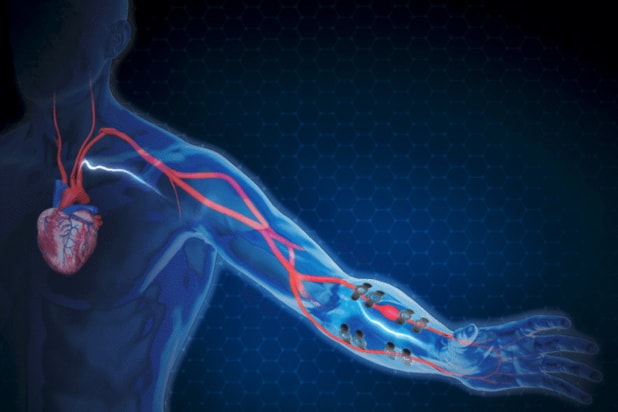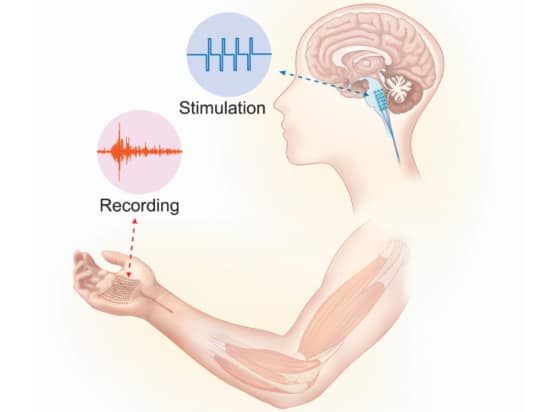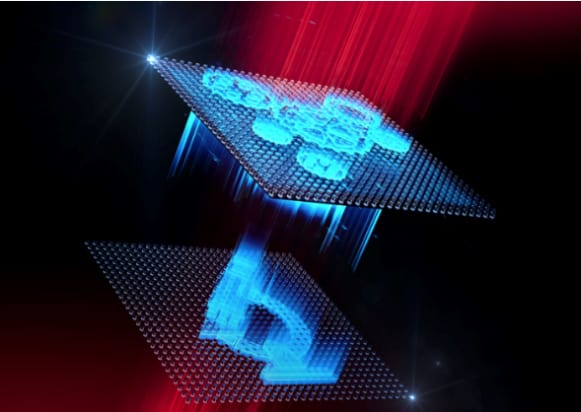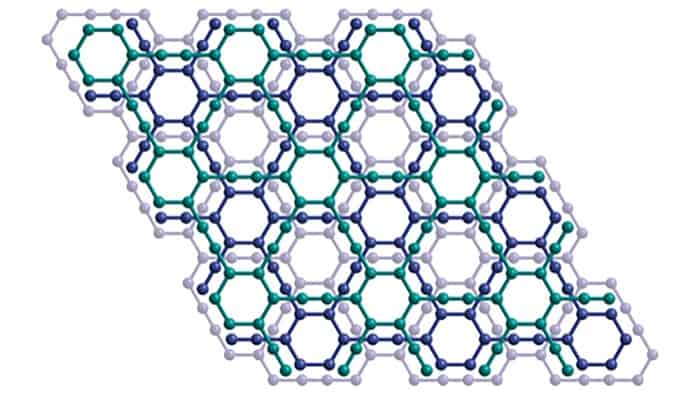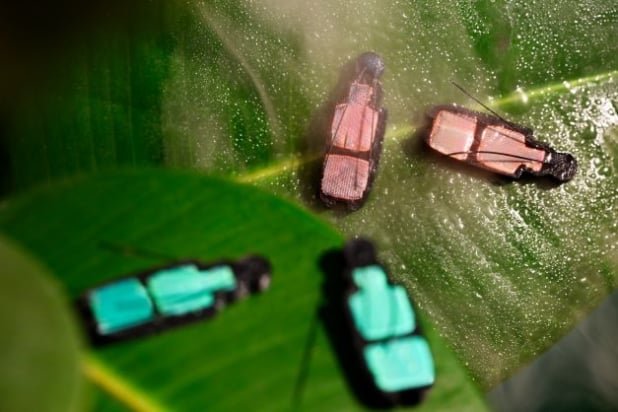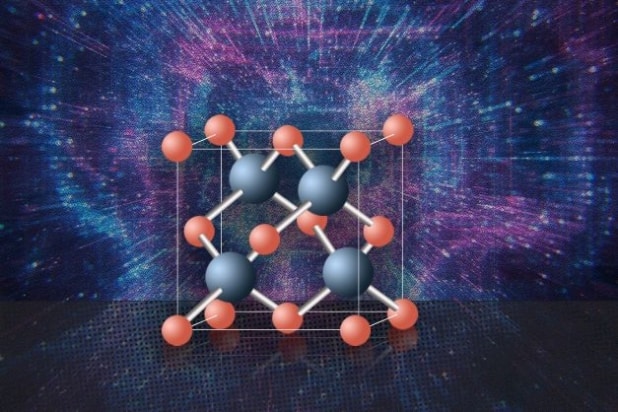Physics World Materials Briefing 2022
Materials researchers often stubbornly refuse to accept the status quo. Electronic devices, for example, are usually made from components that do not interface well with biological materials – a consequence, in part, of the rigid, crystalline nature of silicon. Over the past few decades, however, experts in organic electronics have been working diligently to turn this situation on its head. As this free-to-read Physics World Materials Briefing reveals, recent achievements in this area include the first organic bipolar transistor, bioelectronics materials that are conductive, stretchable and photo-patternable, and even a graphene-based tattoo for measuring blood pressure.
Expand to full screen, bookmark pages or download to read offline using the icons beneath the screen. You can access the videos and audio clips if you read the emagazine online. Read it now
Or you can read selected content from the Physics World Materials Briefing 2022 here

Want even more from Physics World?
Get more from Physics World without waiting for the next issue. The same great journalism, but delivered to you daily. Read updates on the latest research as soon as they happen and access 20 years of online content, organised across 13 dedicated scientific areas. Visit the homepage to start exploring.
